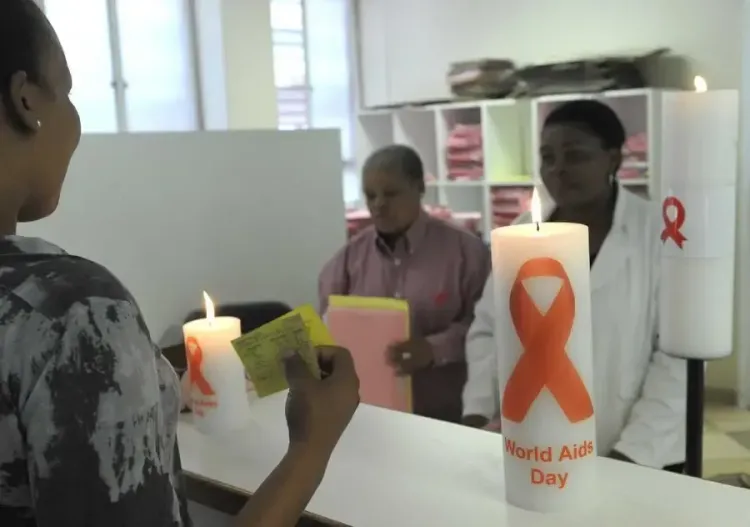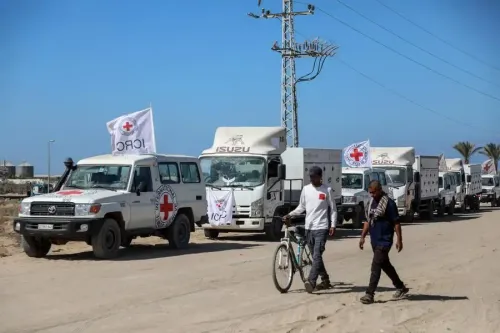Has South Africa Introduced a Revolutionary HIV Prevention Injection?

Synopsis
Key Takeaways
- Lenacapavir is a new long-acting injectable drug for HIV prevention.
- South Africa aims to improve its HIV prevention strategy.
- The initial rollout will focus on vulnerable groups.
- Approximately 912,000 doses will be distributed in the coming years.
- Women and adolescent girls are the most affected by HIV.
Johannesburg, Oct 16 (NationPress) South Africa has made a significant advancement in the battle against HIV/AIDS by launching an innovative long-acting injectable treatment, Lenacapavir, as announced by Health Minister Aaron Motsoaledi.
During a press event in Johannesburg, Motsoaledi labeled the introduction of Lenacapavir as a crucial milestone for the nation, emphasizing that this injection will greatly enhance South Africa's preventive measures against HIV.
He pointed out the strides the country has achieved over the last twenty years in addressing some of the highest HIV infection rates globally, with approximately eight million individuals currently living with the virus. This new advancement is expected to bolster the ongoing efforts in prevention and treatment, according to reports by Xinhua.
Motsoaledi revealed that South Africa has secured an initial batch of Lenacapavir through a generous grant from the Global Fund, although this will only satisfy a small portion of the overall demand in the early years. Specifically, the Global Fund's catalytic investment of around 29 million US dollars will facilitate approximately 456,000 initiations of Lenacapavir over the next two years, equating to 912,000 doses.
In 2023, 149,000 individuals were newly diagnosed with HIV, with women and adolescent girls being the most impacted demographics. The minister noted that this injection, administered biannually, has the potential to tackle ongoing challenges in HIV prevention and is expected to enhance adherence among high-risk populations.
He added that the initial distribution would prioritize the groups most susceptible to HIV infections, including adolescent girls, pregnant and breastfeeding mothers, female sex workers, and men who have sexual relations with other men.









